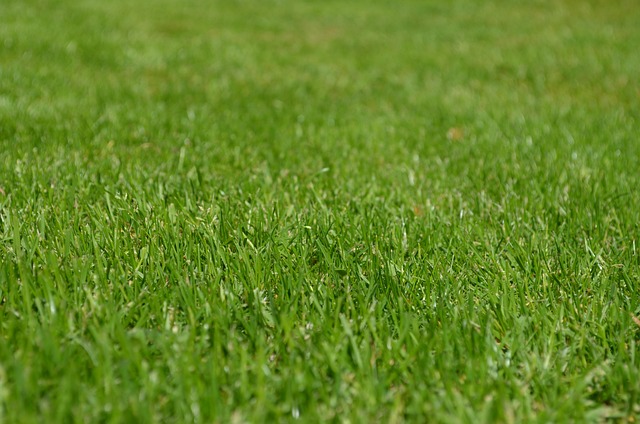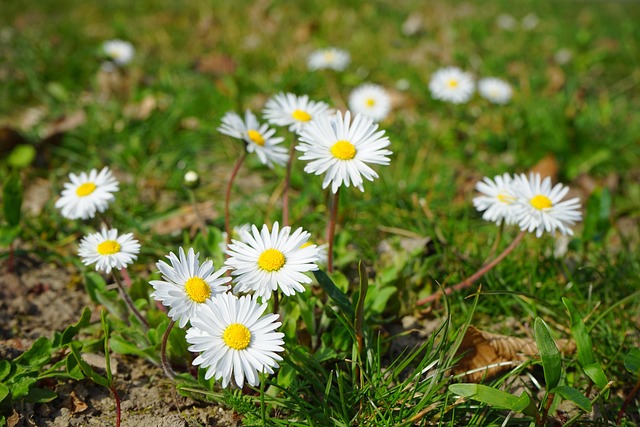Identifying lawn fungus in Colorado Springs is crucial for maintaining a healthy lawn. Common signs include discolored patches, dead spots, and thinning grass due to fungi like Fusarium, Pythium, and Rhizoctonia. Early detection through regular examinations allows for effective treatment, preventing further damage. Homeowners should watch for yellowing/browning patches, wilted grass, and white mold, and manage moisture levels to mitigate ideal fungal growth environments.
In Colorado Springs, recognizing and addressing lawn fungus is crucial for maintaining a healthy green space. This comprehensive guide delves into identifying common types of lawn fungi specific to the region, highlighting symptoms to watch for on your grass. Understanding environmental factors fueling fungal growth is key.
Learn effective overseeding strategies, from choosing the right grass species to timely seeding techniques, to combat fungus naturally. Discover optimal post-seeding care, seasonal adjustments, and solutions for common issues like thin areas and weed infiltration. Master the art of lawn care with our expert advice on identifying and managing lawn fungus in Colorado Springs.
- Recognizing Lawn Fungus in Colorado Springs
- – Common types of lawn fungi in the region
- – Symptoms to look out for on grass
Recognizing Lawn Fungus in Colorado Springs

Identifying lawn fungus in Colorado Springs is a crucial step in maintaining a healthy and vibrant lawn. Residents of this region often encounter various fungal infections due to the unique climate and grass species prevalent here. Common signs of lawn fungus include discolored patches, dead spots, thinning grass, and a overall unhealthy appearance.
Fungi thrive in cool, moist conditions, which is why Colorado Springs’ semi-arid climate with periodic rain and high elevation creates an ideal environment for fungal growth. By regularly examining your lawn for these symptoms, you can promptly address the issue. Early detection allows for more effective treatment and helps prevent further damage to your turfgrass.
– Common types of lawn fungi in the region

In Colorado Springs, identifying lawn fungi is a critical step in maintaining a healthy and vibrant lawn. Common types of lawn fungi include Fusarium, Pythium, and Rhizoctonia. These fungi can cause significant damage to grass roots, leading to patches of dead or discolored turf. Fusarium is known for its ability to withstand cold temperatures and can persist year-round, making it a recurring issue in the region’s climate. Pythium, on the other hand, thrives in moist conditions, often affecting lawns during spring and fall when humidity levels are high. Rhizoctonia is characterized by its thread-like structures that invade grass roots, resulting in large, circular patches of dead grass.
Homeowners and lawn care professionals in Colorado Springs should be vigilant for signs of these fungi, such as yellowing or brown patches in the lawn, wilted grass, and a thick, white mold on the grass blades or soil surface. Early identification is key to effective management, as prompt action can prevent further spread and reduce the need for intense chemical treatments. Regular maintenance practices, including proper watering, aeration, and fertilization, also play a crucial role in promoting lawn health and resilience against fungal infections.
– Symptoms to look out for on grass

Many homeowners in Colorado Springs may notice their grass is not looking its best, but identifying the root cause can be tricky. One common issue, often mistaken for simple lack of care, is lawn fungus. Symptoms to look out for include discolored patches, spots or blighted areas on the turf where it appears dead or stressed. You might also notice thinning grass and a general decline in overall health and appearance.
Fungal infections thrive in specific conditions: cool temperatures, high humidity, and overwatering. If you suspect fungus, examine the moisture levels of your lawn. Check if there’s excessive moisture in shaded areas or if water isn’t draining properly after rainfall or irrigation. These can create the perfect environment for fungal growth and make identifying lawn fungus in Colorado Springs easier.
In identifying lawn fungus in Colorado Springs, recognizing specific symptoms and understanding common types is key. By being vigilant about these signs, homeowners can promptly address potential issues, ensuring their lawns remain healthy and lush throughout the year. Effective maintenance plans, tailored to the local climate and fungal landscape, are essential for long-term lawn care success in Colorado Springs.
